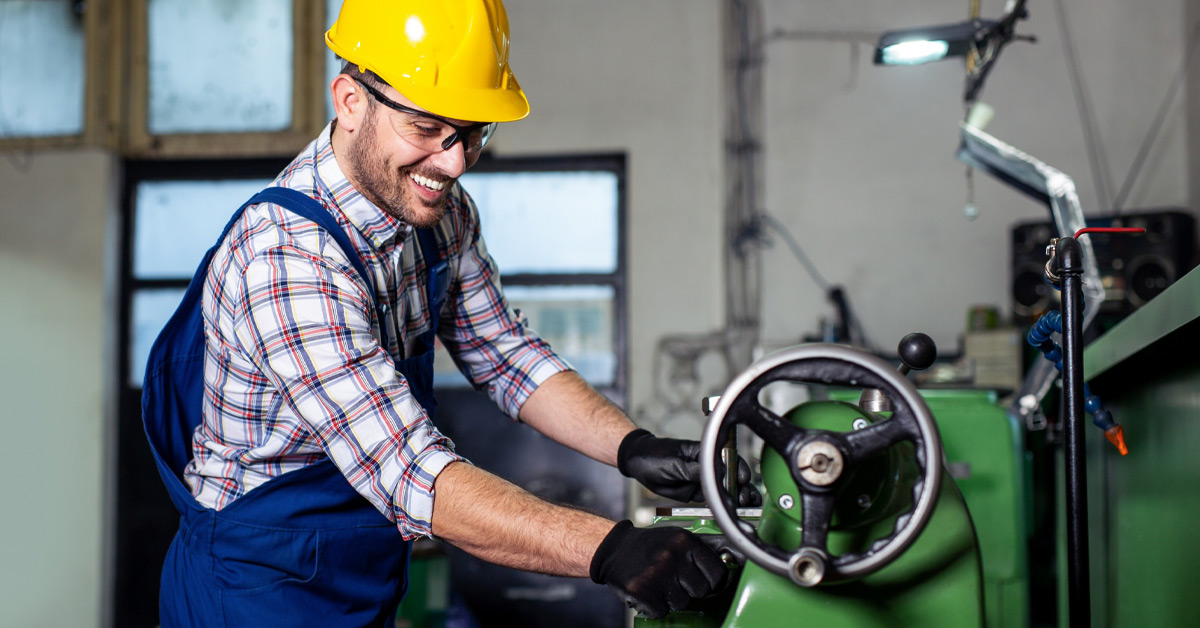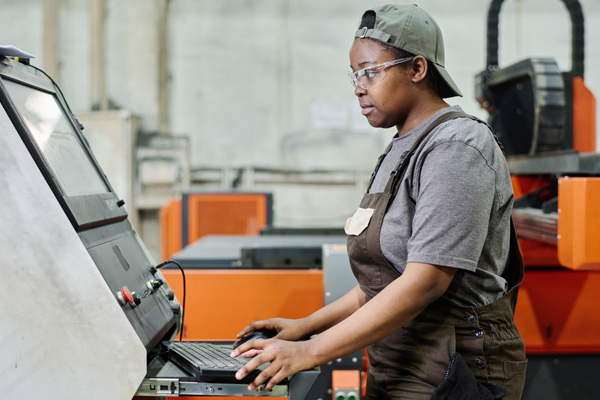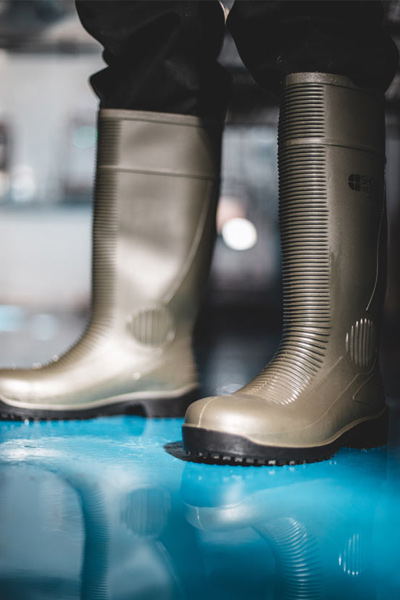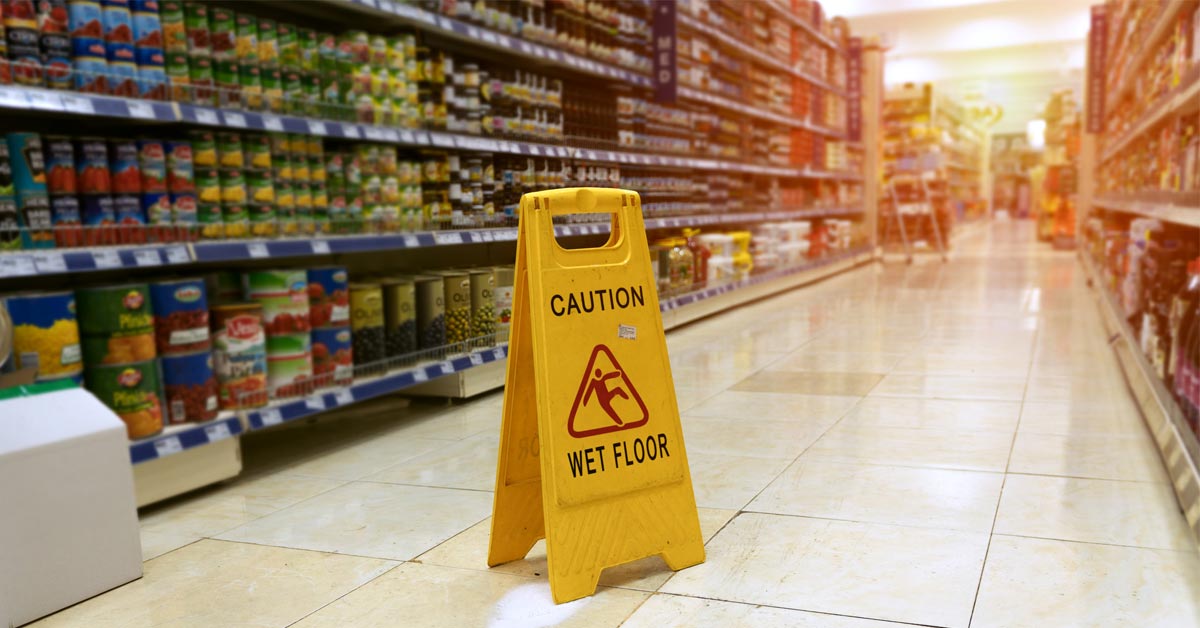Each manufacturing facility is built differently. Nevertheless, from food production and plants to warehouses, one thing that remains the same is the protocol for running them. Safety standards must be implemented according to the legal framework of each country or region. Within the European Union, the EU Machinery Directive Standards aims to promote free market circulation of machinery and the protection of workers and consumers using said machinery. However, it only applies to machines and equipment that are placed on the market for the first time.
As a manager, it is your responsibility to ensure the correct implementation of the Machinery Directive as it applies to brand-new work machinery and equipment. By fostering a safety culture in your workplace, you will be establishing a sense of security and emphasising the importance of your employees’ well-being.
At Shoes For Crews, preventing the risk of accidents or injuries in the workplace is our mission. Keep reading to learn what the Machinery Directive is; if it still applies in the UK after Brexit and how Shoes For Crews’ patented slip-resistant technology can keep your workers safe on the job.
Directive 2006/42/EC – new machinery directive
A directive is a legislative act that lays out a goal that all EU countries must achieve. Nevertheless, it is the responsibility of each individual country to draft its own laws to achieve those goals. The Machinery Directive (2006/42/EC) was finalised on 17 May 2006 but did not officially come into effect until 2009.
It applies to all machinery in the EU, even if the equipment was manufactured outside of the EU. Machinery consists of an assembly of components, at least one of which moves, joined together for a specific purpose or use. The drive system of machinery is powered by energy that is not exerted by humans or animals.
The Directive applies to:
- Machinery
- Interchangeable equipment
- Safety components
- Lifting accessories
- Chains
- Ropes and webbing
- Removable mechanical transmission devices
- Partly completed machinery (see Art. 2)
Manufacturing staff play a key role in ensuring that products that are placed on the extended Single Market of the European Economic Area (EEA) are safe. Products marked with CE (Conformité Européenne) means that they have been assessed to meet high health, safety and environmental protection standards.
Machinery must be designed in a way that is fitting for its function and can be operated, adjusted and maintained without putting users at risk while the operations are being carried out. Managers must also consider the results of any risk assessments that are performed on the machinery.
Recent updates and amendments were made to the Directive 2006/42/EC in April 2021 to become the New Machinery Regulation. Its focus is primarily on artificial intelligence (AI), legal clarification of current provisions to standardise the regulations and encouraging the use of digital formats for machine documentation.
Does Directive 2006/42/EC still apply in the UK?
The short answer is yes. The creation of the EU Withdrawal Act 2018 preserved the Regulations which allowed them to be amended and to continue function effectively after the UK left the EU.
The Regulations are enforced by the Health and Safety Executive. CE-marked workplace products were accepted in Great Britain until 31 December 2022. From 1 January 2023, the new UK mark, UK Conformity Assessed (UKCA), must be used on all workplace good products. The country of Northern Ireland is subject to slightly different regulations, but the Directive also applies as long as the Protocol on Ireland/Northern Ireland is in force.
Protect manufacturing staff by supplying slip-resistant workwear
Heavy-duty industry and manufacturing personnel are at a higher risk of injury in the workplace. They are likely aware of these risks but even still, over 7,000 manufacturing workers are injured at work every year. These injuries occur from slips, trips and falls on slippery floors or from improperly stored machinery, among other areas. It is important to ensure all machinery and workstations are safe to use and perform regular risk assessments.
One of the ways you can ensure a secure working space is to provide your staff with high-quality and well-fitting footwear. Factory workers are subject to higher risks of falling objects and the potential to come across broken glass and shards of metal on the main floors. With Shoes For Crews’ slip-resistant technology, you will not only be protecting their feet from slippery floors and fallen debris, but you will also be reducing their risk of on-the-job accidents. Our outsoles are designed with the traction and durability your staff needs to endure even the toughest environments.
This article’s main purpose was to bring you up to date on the latest news and changes regarding the EU Machinery Directive and how it still applies to manufactured goods in the UK. Like many industries, the manufacturing industry has experienced many changes in both technology and legislation throughout the years. Your staff’s work equipment and footwear needs also change rapidly. If you’re looking to purchase or update their workwear, we recommend our guide to foot protection in the manufacturing industry. Or browse our list of best shoes for factory workers for information on specific styles.
At Shoes For Crews, we are committed to constantly testing and improving the technology of our slip-resistant outsoles. We work with a number of industries and our aim is to provide safe, durable footwear solutions that best fit your staff. We invite you to get in touch with one of our experts. Or download our Buyers Guide.






